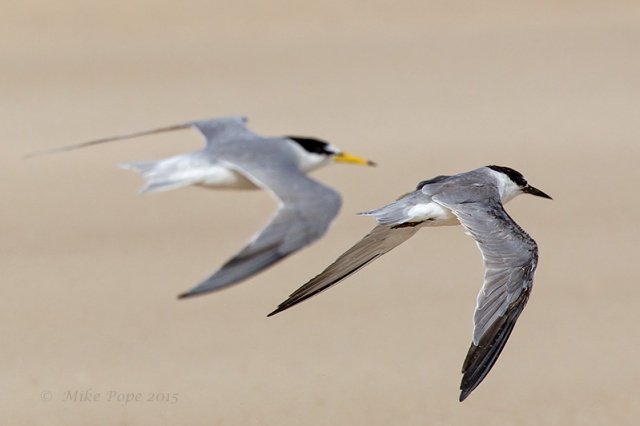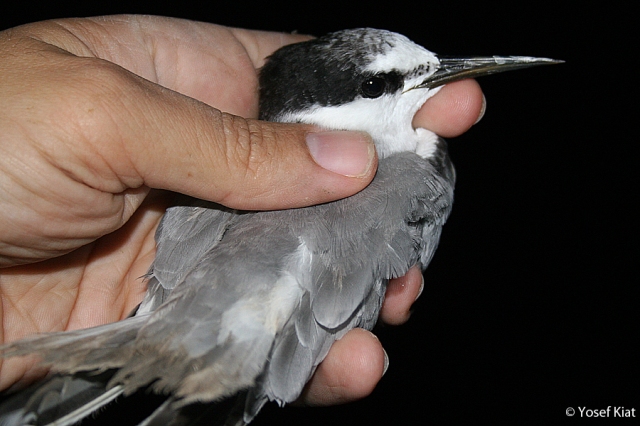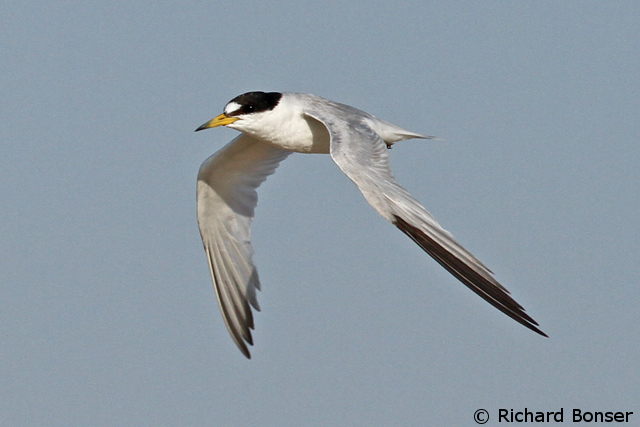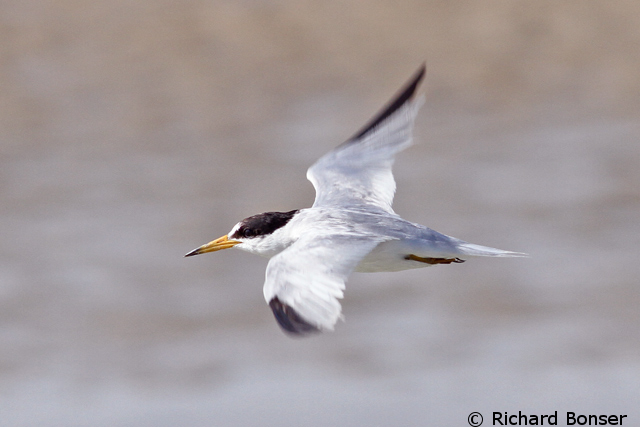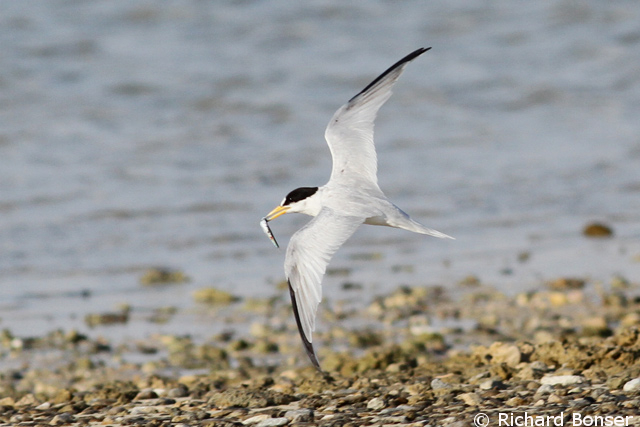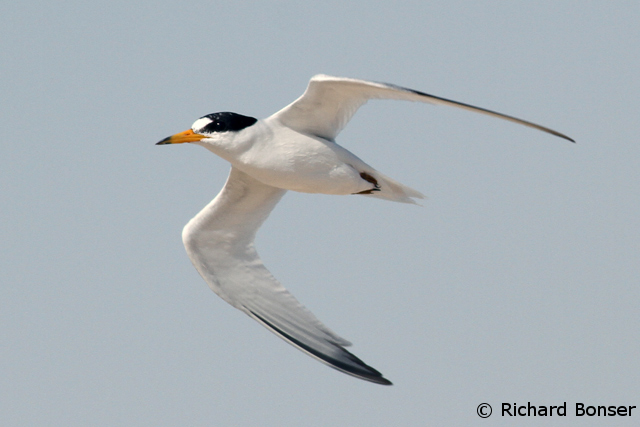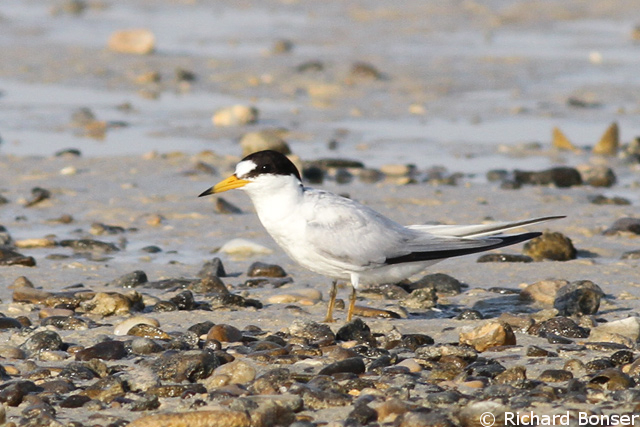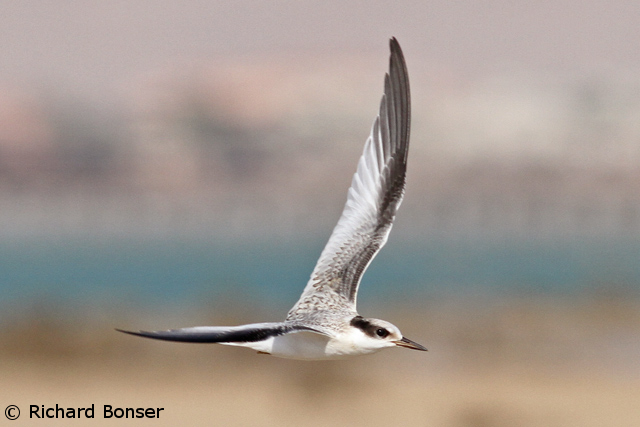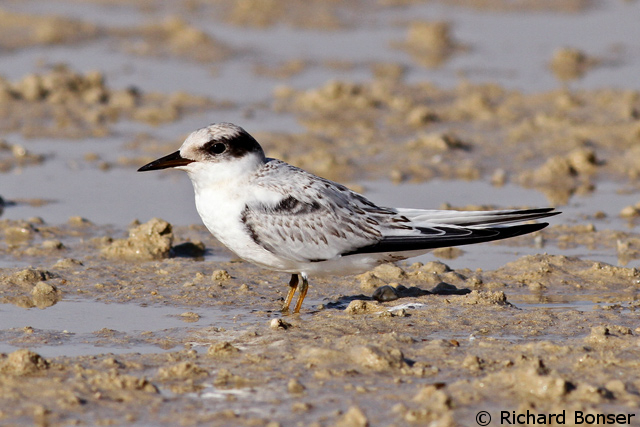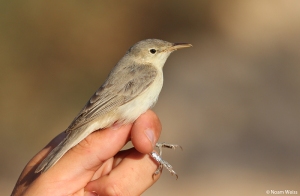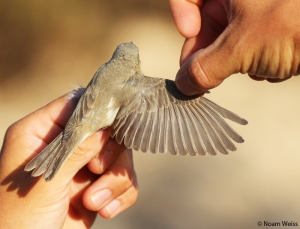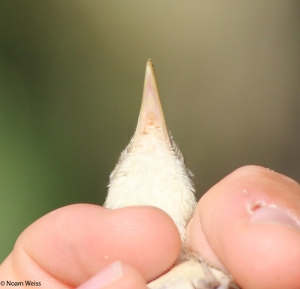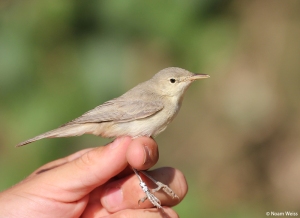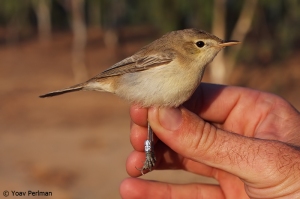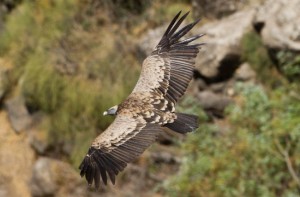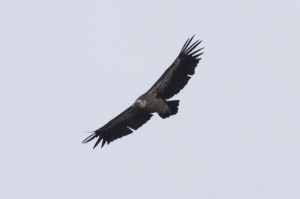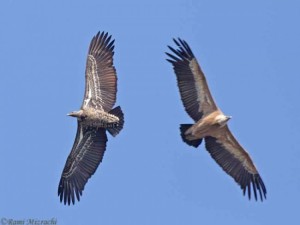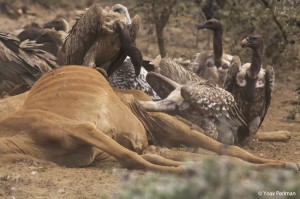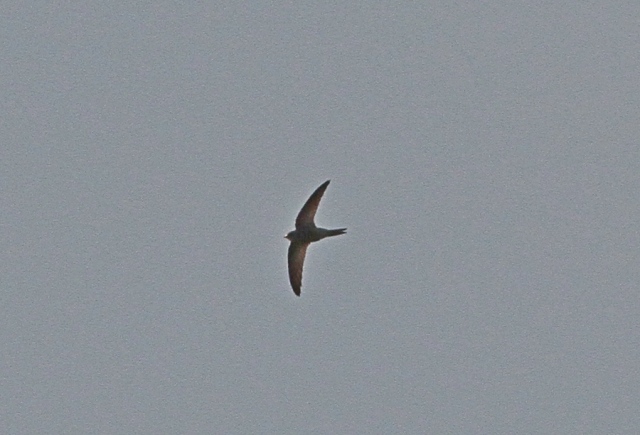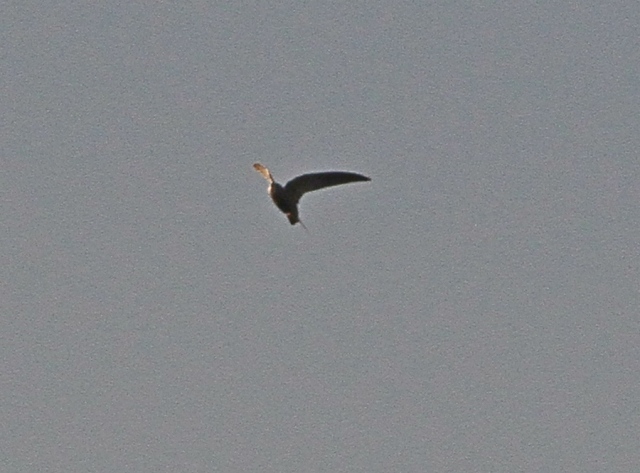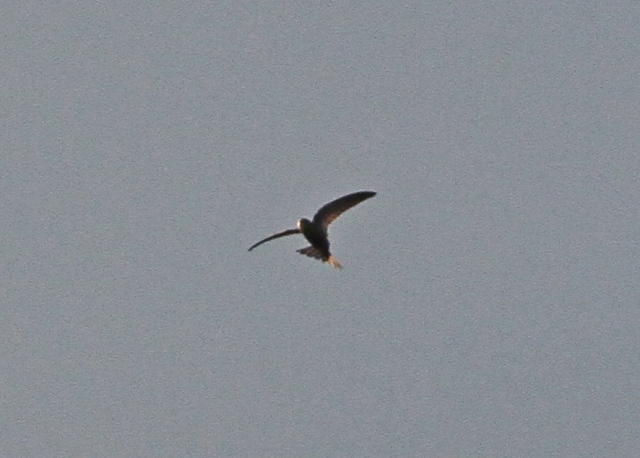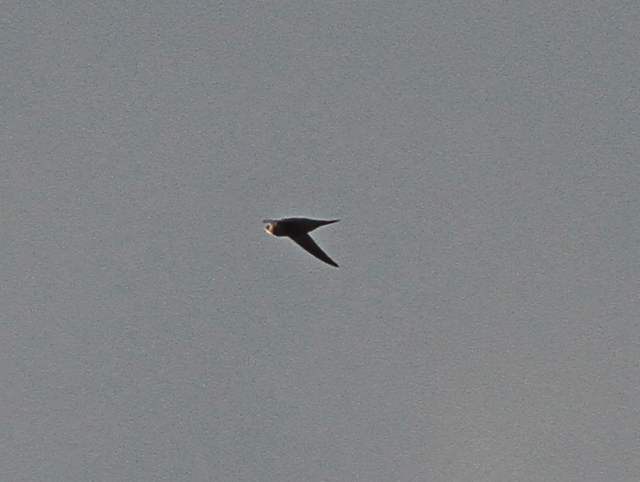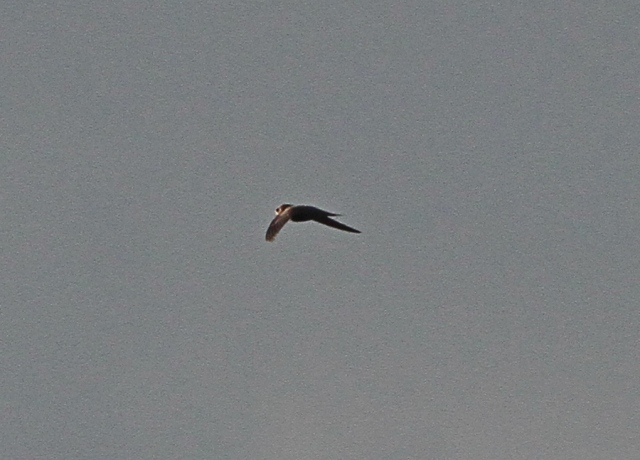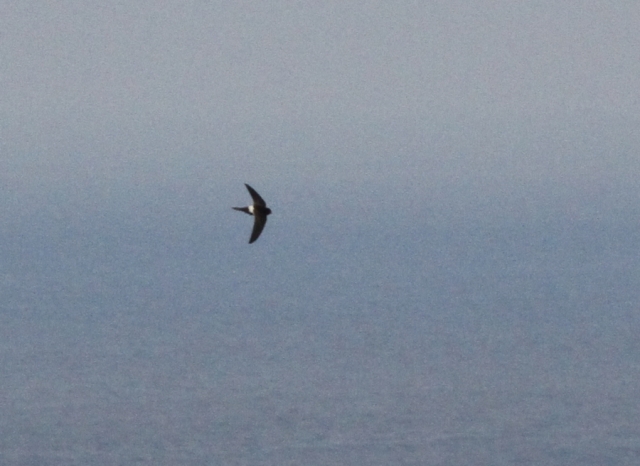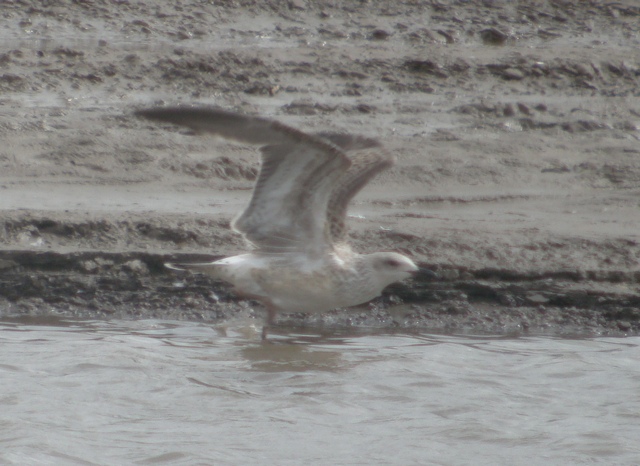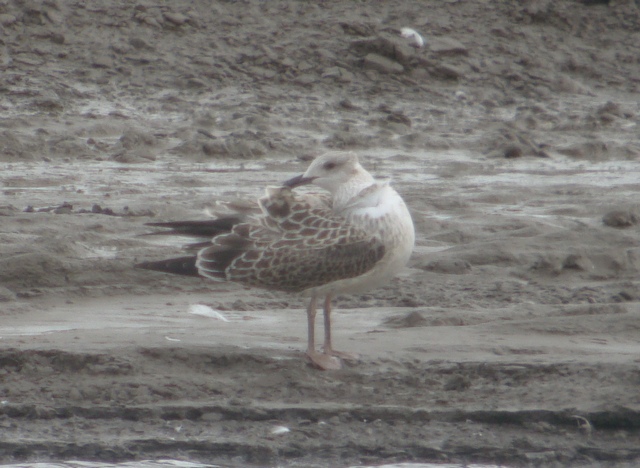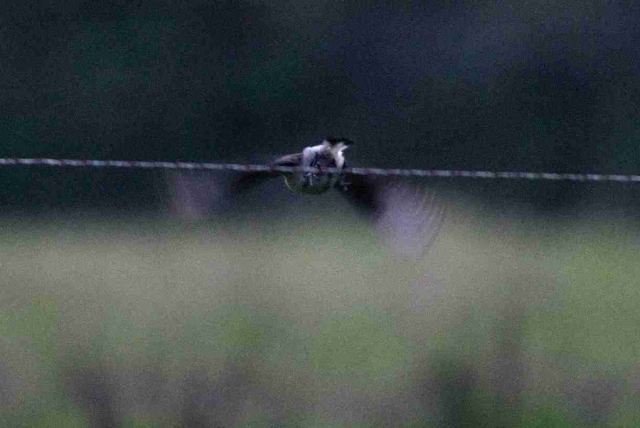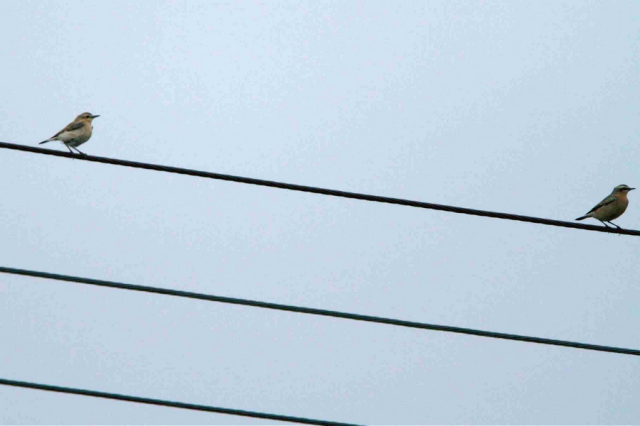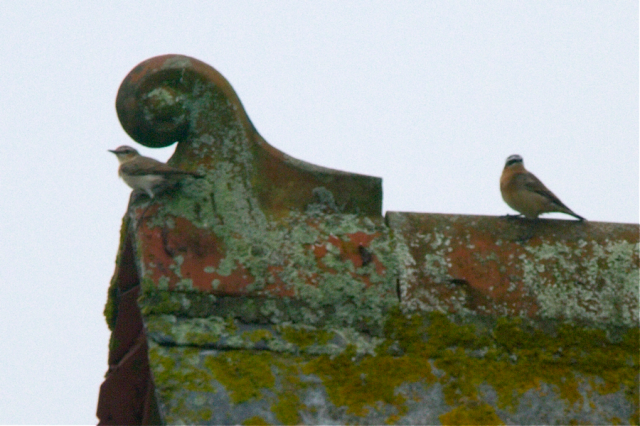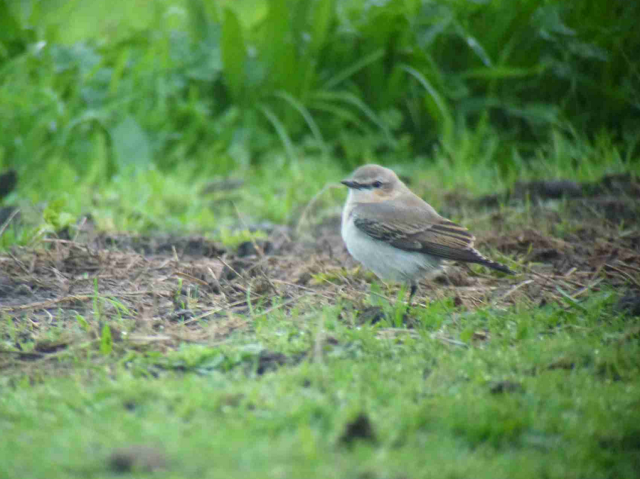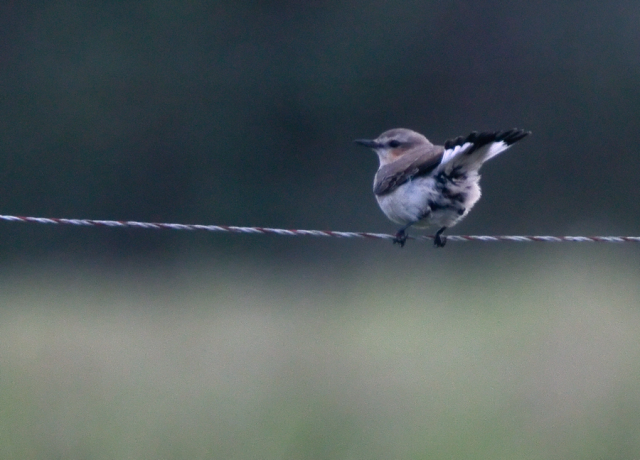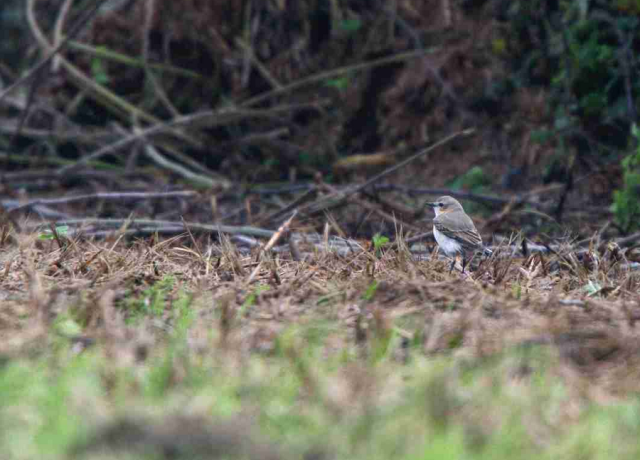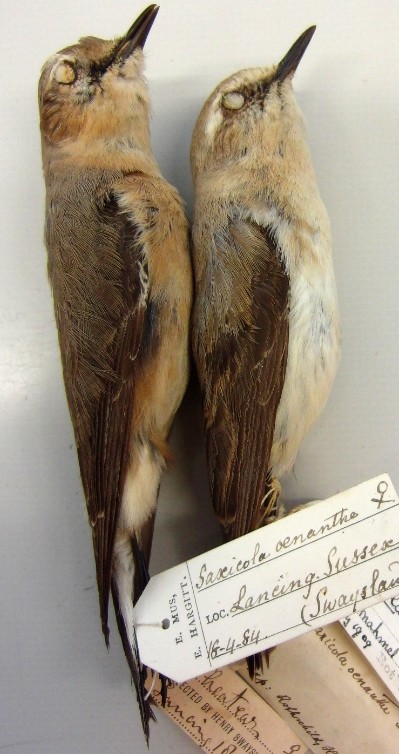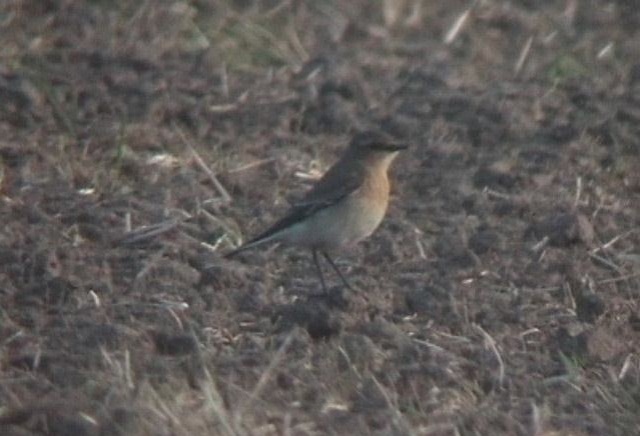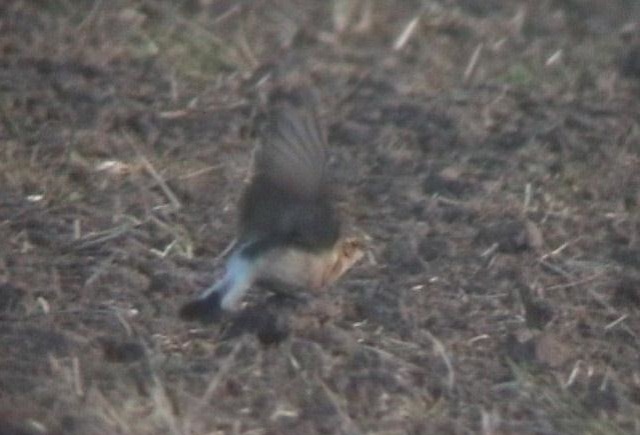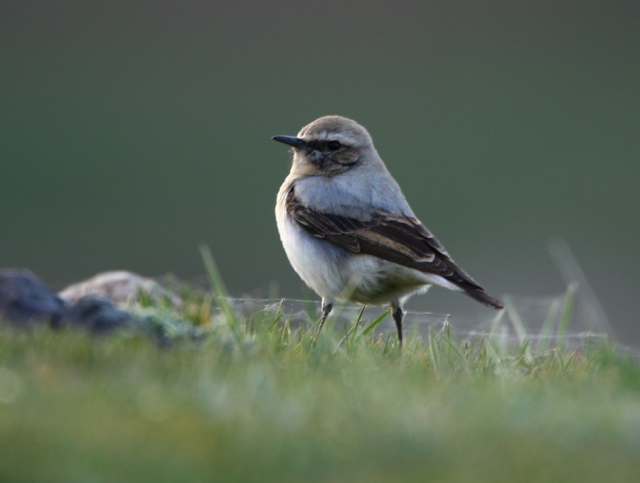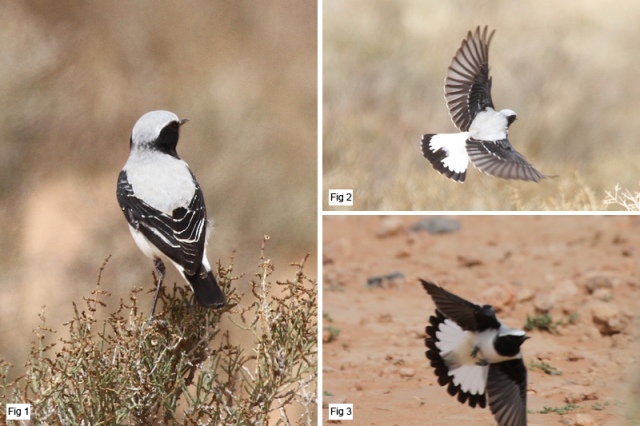Israel in spring is a great place to study Yellow Wagtail subspecies. There is a good mix of western and eastern forms, and the males are obviously very good looking in spring. Among the more distinct forms, such as nominate flava or the almost-full-species feldegg (ask the Dutch), there are some interesting ‘mixed’ birds. In late March, quite a few males that look similar to feldegg but have a supercilium are seen. Some have nice clean white supercilium:
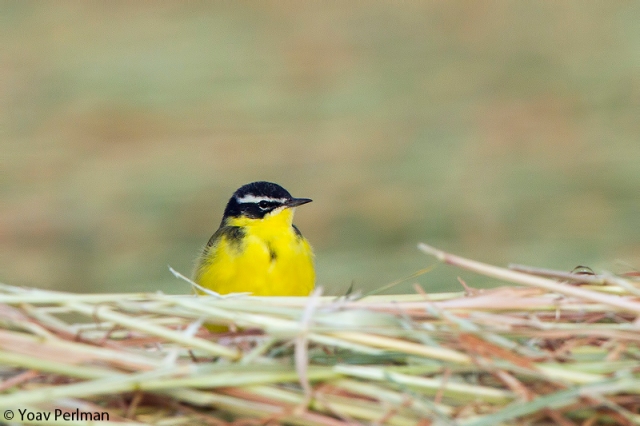
Male ‘superciliaris‘ Yellow Wagtail, Eilat, March 2011
Note also the prominent lower eye-ring. This bird is what I would expect a mix between feldegg and flava look like. These birds normally give a sweet ‘western-type’ call. I would expect the female to look like this:
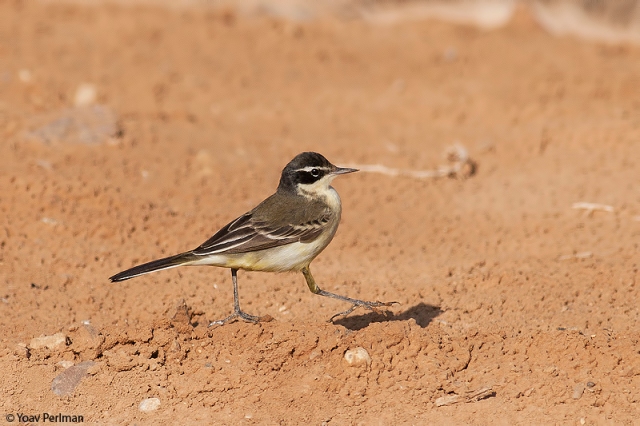
Female ‘superciliaris‘ Yellow Wagtail, Eilat, Israel, March 2008
I call these birds ‘superciliaris‘ with quotation marks because the consensus is that it is not a real subspecies, but rather a ‘fluid’ mix from E of the Balkans.
During the recent Champions of the Flyway race day in late March, I found this stunning bird at Neot Smadar sewage farm. This tiny gem of a site in the desert held a couple hundred Yellow Wagtails, mainly feldegg and flava. I had very little time so couldn’t study it properly and just fired off some images. I did hear it call – it gave a western call. But it looks very much like what I would expect from ‘xanthophrys‘ – another dodgy mix thing. This bird has a vivid yellow supercilium and dark green – blackish crown and ear coverts.
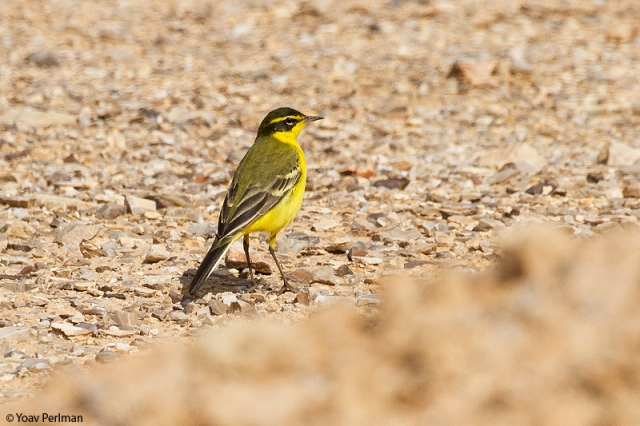
‘xanthophrys‘ / ‘superciliaris‘ Yellow Wagtail, Neot Smadar, S Negev, Israel, March 2015
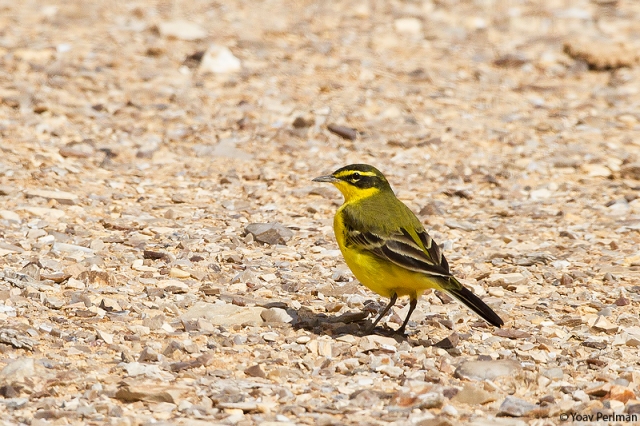
‘xanthophrys‘ / ‘superciliaris‘ Yellow Wagtail, Neot Smadar, S Negev, Israel, March 2015
It superficially resembles taivana, which belongs to the Eastern Yellow Wagtail group, but is separated by having too much black on the crown and ear coverts (taivana is greener) and also mantle is too dark green. taivana has a vivid green-yellow mantle, and lacks a prominent lower white eyering. Check stunning images here. And of course the call of the Eastern Yellow Wagtail group is distinctive, closer to Citrine Wagtail – see here and here.
This individual was seen by other birders as well and did attract some attention, because xanthophrys types are not commonly seen in Israel. I was slightly disappointed to hear its western call. xanthophrys should have rasping eastern calls, similar to feldegg and lutea that are the supposed ancestors of this mix. So what is this bird? I am not sure, probably superciliaris too. But because both forms superciliaris and xanthophrys are mixed anyway, I am not sure whether there is a real distinction between them or are they just two ends of a cline between birds with white superciliums in the west and yellow superciliums in the east?
Another mix-type that is seen in Israel in pretty good numbers is dombrowski that breeds in Romania. dombrowski is another type of mix between flava and feldegg or beema and feldegg:
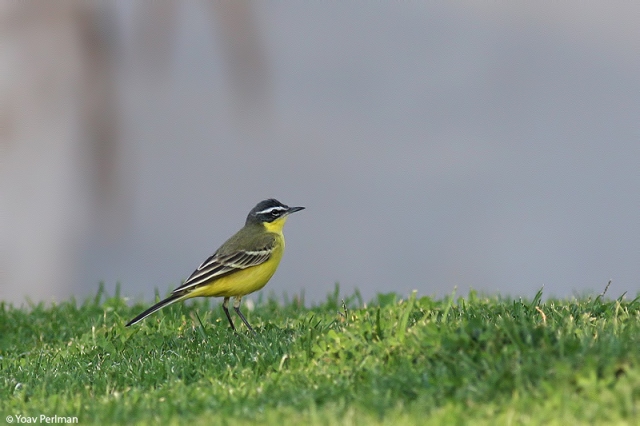
‘dombrowski’ Yellow Wagtail, Eilat, March 2012
It looks more like a very dark flava, rather than an eye-browed feldegg. Some individuals can be slightly paler and bluer than this, but they typically are dark and dull on the head and lack a pale ear coverts patch.
And here are some of the ancestors. Male black-headed are really unmistakable, and cracking too…
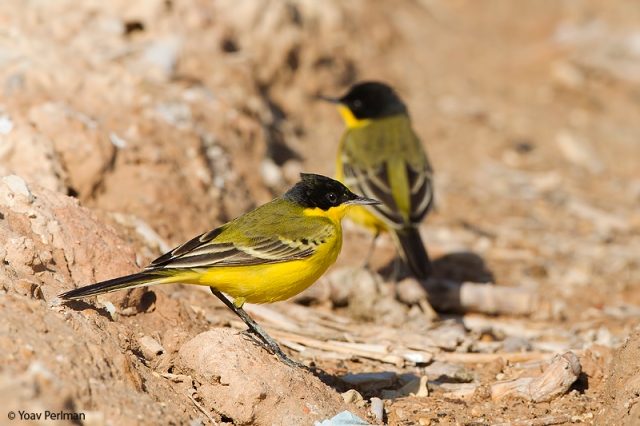
Black-headed Yellow Wagtails (feldegg), Yotvata, March 2015
Female feldegg typically have a short yellow or sometimes whitish supercilium behind the eye:

female feldegg Yellow Wagtail, Bet Kama, N Negev, Israel, September 2013
flava Yellow Wagtails are pretty variable. Some are rather dark, deep blue-headed like this one and lack almost any pale on the ear coverts:
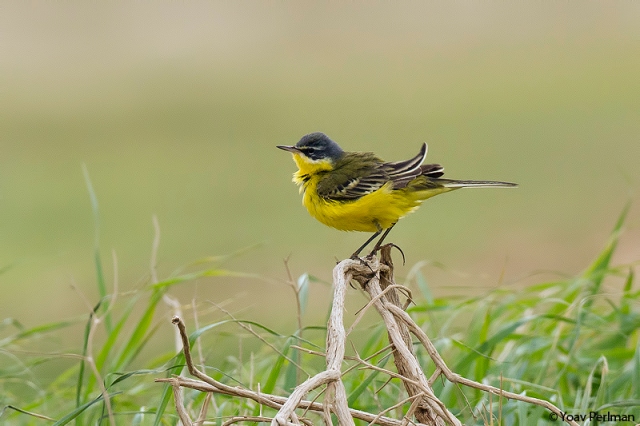
flava yellow Wagtail, Arava Valley, March 2013
Some are a bit drabber, paler-headed with more pale on the ear coverts. This is a young male (2cy) – check the obvious moult contrast in the greater coverts:
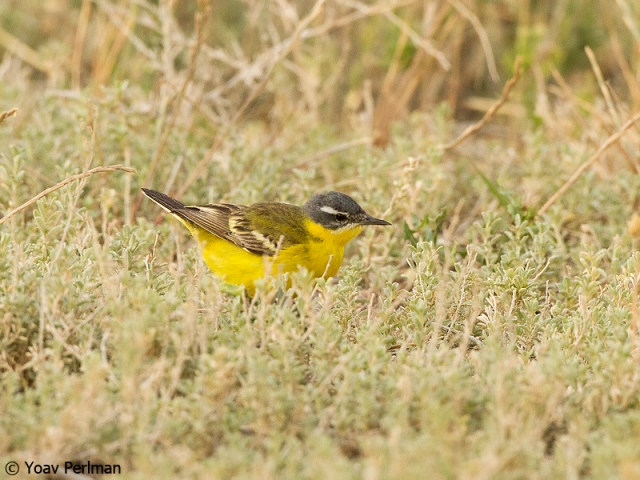
flava Yellow Wagtail, 2cy male, Neot Smadar, May 2012
beema Yellow wagtails are very pale headed, and typically have a large pale patch on the ear coverts. They have an eastern call.

beema Yellow Wagtail, Eilat, April 2014
lutea is a striking bird. Not dissimilar to the British Yellow Wagtails. Some have slightly greener ear coverts and crown. They have an eastern call as well. They are uncommon in Israel, but they are one of the dominant forms seen in East Africa in winter.

lutea Yellow Wagtail, Chem-Chem Lake, Kenya, December 2010

